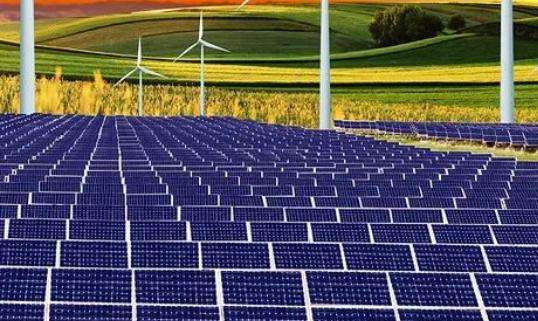Classification of power plants:
Thermal power plants, hydroelectric power plants, nuclear power plants, wind power plants
Thermal power plants: thermal power generation uses fuel combustion (Coal, oil and derived products, natural gas, etc.) The thermal energy obtained generates electricity. There are two main forms of thermal power generation units: the boiler generates high temperature and high pressure steam to rotate the turbine and produce electricity, called a steam turbine generation unit, the fuel enters gas turbine to convert directly; thermal energy into mechanical energy to drive the generator to produce electricity, called gas turbine power generation unit. Thermal power plants generally refer to power plants dominated by steam turbine generators.
Hydroelectric power station : Hydropower involves diverting high-altitude river water (or lake water, river water) downstream through a diversion to form a space which drives the turbine to rotate and drives the generator to produce electricity. . A power plant that uses a hydroelectric generator to produce electricity is called a hydroelectric power plant.
Nuclear power plant: Nuclear power generation uses thermal energy released by the slow fission of nuclear fuel (such as uranium) in an atomic reactor to produce steam (replacing the boiler in a thermal power station) to power the steam turbine then drive the generator to turn and produce electricity. Power plants that primarily produce nuclear energy are called nuclear power plants.
Wind farm: use the wind to blow the large blades constructeduites at the top of the tower to rotate and drive the generator to produce electricity is called wind power generation. It is made up of several, dozens, even dozens. wind turbines. The electricity production site is called a wind farm.
The function of a power plant:
The conversion of various energy sources into electrical energy by chemical and physical methods is the function of a power plant. For example, coal, oil and natural gas are converted into electrical energy by chemical means; and solar energy, wind energy, etc. are converted into electrical energy by physical means. Electrical energy is sent to each household via lines and can be converted into thermal energy, light energy, kinetic energy, etc.
The last step to playing with audio is to play with power! Yeah? ! I find this too childish, and I mustsay it loud and clear: in the end, playing with the speakers means playing with the electrical network! Only at this point can we be considered to have reached a certain level! I have some experience in this regard and would like to share it with you.
1) I thought the sound would be warmer if the power was used louder. The solid base of hydropower is cooler, but the resolution is very high. Among hydroelectric power stations, Gezhouba has the best electric sound. Among thermal power plants, the sound quality of Beilun Power Plant is the best because it burns the highest proportion of anthracite.
2) The sound of the same set of equipment sounds a little colder from 8 p.m. to 10 p.m. , and after 11 p.m. the sound is noticeably warmer. Later, I discovered that peak power was provided by hydropower from other provinces, while low peak power was mainlyPalely provided by local thermal energy. This is irrefutable proof!
3) The superposition of electricity produced by wind is very poor.
The listening experience is blurred. When you listen to the A major and B minor of the Caikefu driver, the sound field is obviously narrowed. and the violin parts are all mixed up.
4) The sound quality of wind generators with a unit power of less than 500 W is relatively poor. Three-phase and two-phase electricity has little to do with tone, the key is a sense of balance. The symphonic position of a large-scale three-phase radio is obviously more stable than that of a two-phase radio! Nuclear power is suitable for playing "Terminator" and other hit soundtrack. But unfortunately, water, fire, wind and nuclear power are all connected to the national grid.
So no matter what sound is being broadcast, it's all just a matter of confusion
5 ) An audiophile started talking about it. I moved from Shanghai to Guangzhou and the sound is much better. Because China Southern Power Grid is dominated by Daya Bay Nuclear Power and Guangdong and Guangxi Hydropower. The sound is both powerful and relatively clear.
Recently, there are plans to invest in the construction of an independent, off-grid Brahmaputra hydroelectric power station in Tianshui, Alpine Snowfield, which will completely transform the audio system, but the scientific research report revealed. India opposed it.
6) Solar Power Generation
What’s the difference? The sound tends to be warm, not cold, but a bit thin
7) Not long ago, a friend of mine, the most experienced headphone enthusiast in China, tried to listen to the Audio-Technica AT- HA25D Headphone Amplifier with AD2000 Headphones (ad hidden) ), while listening, he suddenly took off his headphones and said: "Ican't listen today, the water level in the hydroelectric plant must have risen again. This made other audiophiles present." dizzy! As expected, flash floods were reported the next day, and the water level in the reservoir of the Xiaomanman Hydropower Station soared, reaching the highest level since 1953! You should know that only 1% of the energy in Liaoning's electricity network comes from Xiaomanman!














